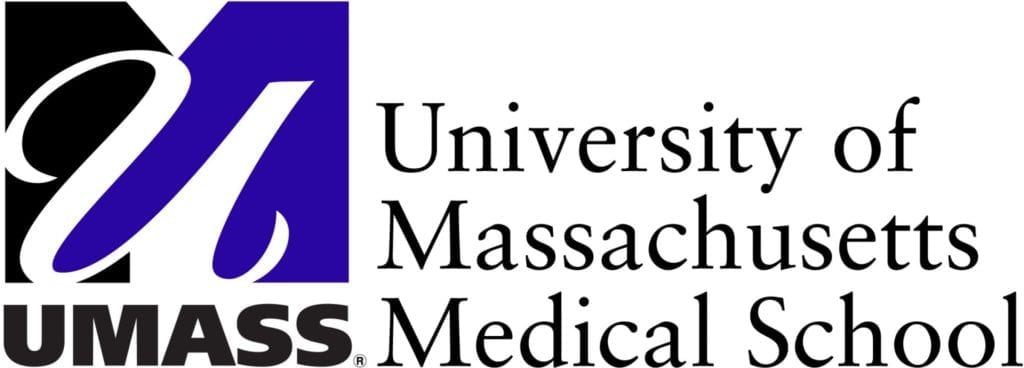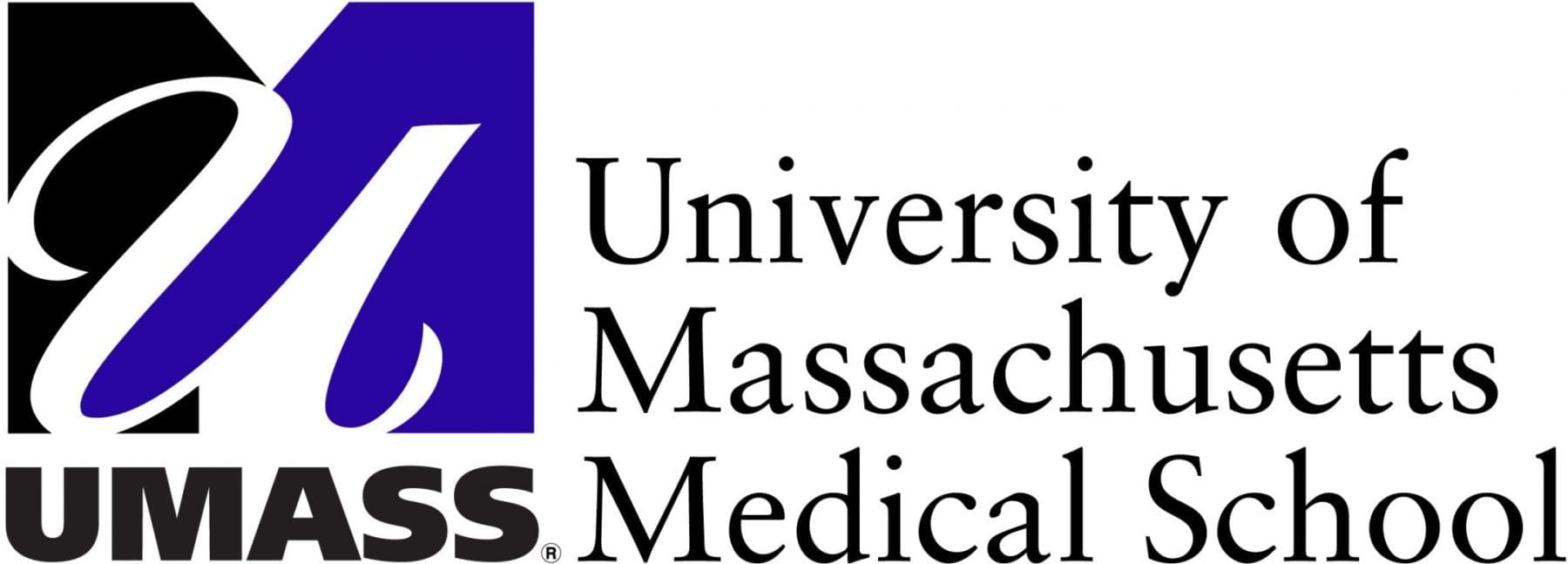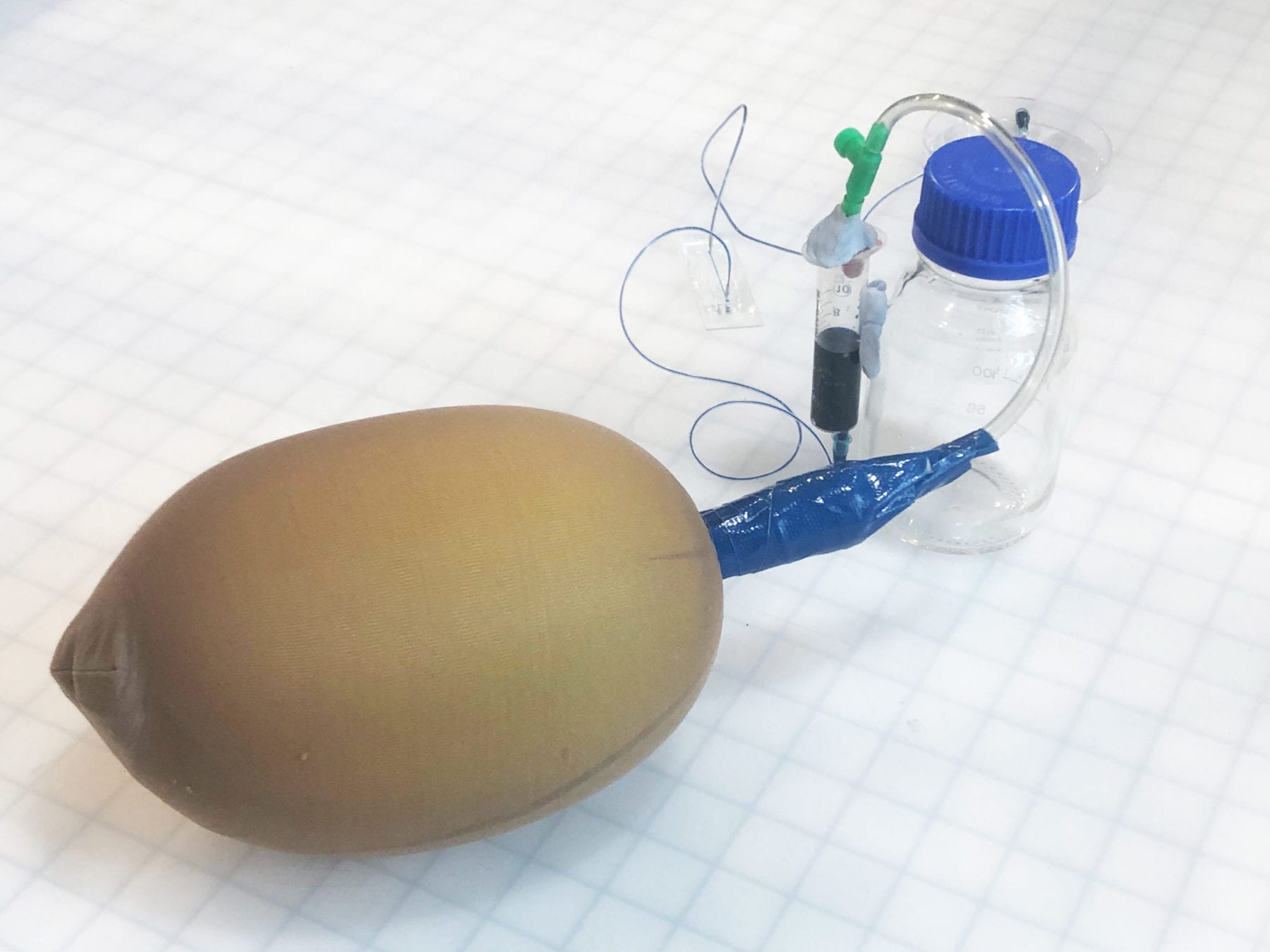
The University of Massachusetts Medical School (UMMS) is one of five campuses of the University of Massachusetts (UMass) system.
The Latest Bing News on:
University of Massachusetts Medical School (UMMS) Research
- UM sees 74% medical school acceptance rate
The University of Montana announced its students are seeing a higher acceptance into medical school than the national average.Administrators say students enroll ...
- Boston University Chobanian & Avedisian School of Medicine names Educators of the Year
Prior to starting medical school, she worked as the lead research coordinator for clinical postpartum depression studies at the University of Massachusetts Chan Medical School . Additionally ...
- Medical School News and Research
A new $4.8 million grant will support researchers from Indiana University School of Medicine and the Medical Research Council Laboratory of Molecular Biology to study how human neurodegenerative ...
- Washington University School of Medicine
The school of medicine is part of the Washington University Medical Center which covers about 137 acres in St. Louis, Missouri. The Center has numerous centers for medical research, teaching ...
- University of Maryland School of Medicine
The School of Medicine was the founding school of the University of Maryland and today ... conduct the most innovative biomedical research and provide the best patient care and community service ...
The Latest Bing News on:
University of Massachusetts Medical School (UMMS) Discovery
- Boston University Chobanian & Avedisian School of Medicine names Educators of the Year
(Boston)–Five Boston University ... of Massachusetts Chan Medical School . Additionally, she served as a volunteer at the Worcester Free Clinics. She completed her medical degree at UMMS.
- Washington University School of Medicine
Washington University School of Medicine is listed as Washington University in St. Louis: School of Medicine. The school of medicine is part of the Washington University Medical Center which ...
- University of Maryland School of Medicine
The School of Medicine was the founding school of the University of Maryland and today is an integral part of the 11-campus University System of Maryland. On the University of Maryland's Baltimore ...
- About the School of Medicine
Saint Louis University School of Medicine ... the Nobel Prize for his discovery of vitamin K. SLUCare Physician Group, the academic clinical practice, started in 1995, has more than 600 health care ...
- UMass Chan’s legal bills swelled to $7.2M in battle with hospital, MassLive investigation shows
Since late 2019, the University of Massachusetts Chan Medical School has racked up $7.2 million in legal expenses in an ongoing litigation with UMass Memorial Health, the nonprofit hospital system ...









